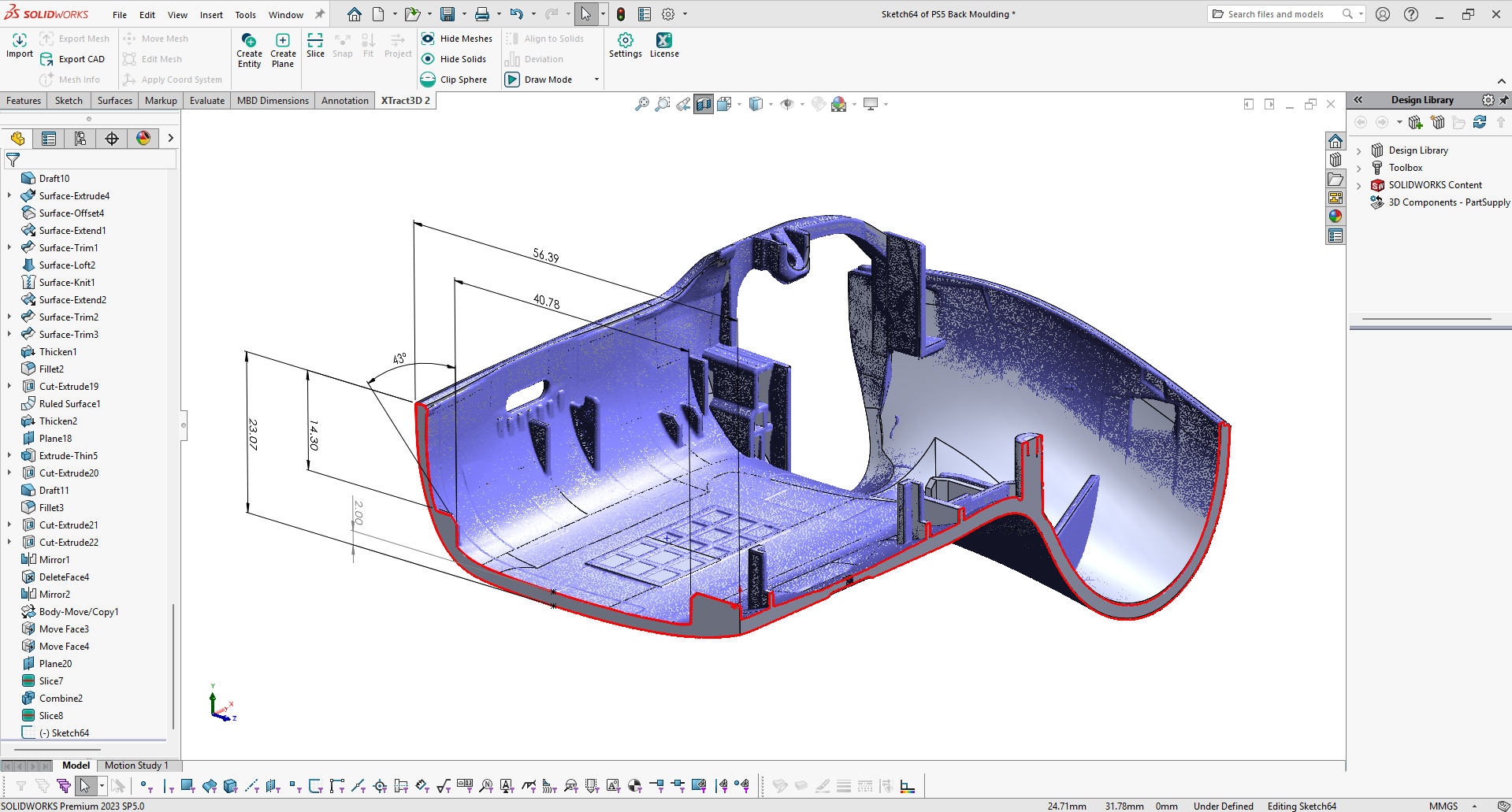Imagine empowering your clients to visualize personalized healthcare solutions or experience products in a whole new dimension. 3D face scanning technology is turning this vision into reality.
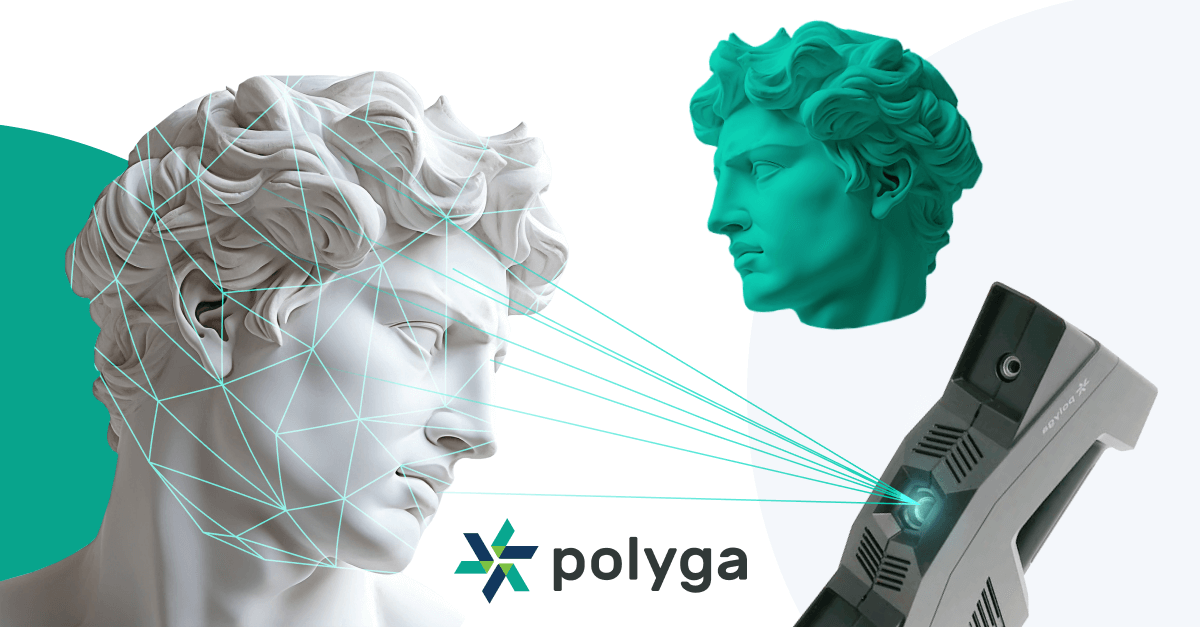
But it’s not just about virtual makeovers and avatars. Each face is unique, a one-of-a-kind nature’s masterpiece. 3D face scanning makes unlocking personalized healthcare, custom-fit products, and a glimpse into your ancestral past possible.
Curious to know how? Then, let’s investigate together.
Healthcare Powered by 3D Face Scanning
3D face scanning revolutionizes healthcare, offering unparalleled accuracy and personalization. Discover how it’s transforming surgery, orthodontics, dentistry, and more, enhancing patient outcomes and diagnosis.
Plastic and Reconstructive Surgery
Beyond traditional pre-surgical planning and documentation, 3D scanning face reshapes patient communication in plastic and reconstructive surgery. Now, surgeons can present patients with dynamic 3D models of their faces, simulating potential surgical outcomes. This visual aid builds trust, manages expectations, and empowers patients to make informed decisions regarding their aesthetic goals.
A face scanner is also significant in post-operative care. By comparing pre- and post-operative scans in the special 3D face scanning app PointKit Scan, surgeons can meticulously assess results and make necessary adjustments for optimal outcomes. This iterative approach ensures patients achieve their desired aesthetic goals while maintaining natural-looking results.
Facial Augmentation and Reconstruction
3D face scanning is improving facial augmentation and reconstruction. In cases of facial trauma or birth defects, surgeons can now create precise facial implants that seamlessly integrate with the patient’s unique bone structure. This technology restores not only physical appearance but also patient confidence.
In nasal reconstruction, for instance, advanced techniques like the Facial Mesh Generation Network (FMGen-Net) utilize 3D scans to automatically generate personalized virtual noses, ensuring a harmonious fit with each patient’s facial anatomy. Polyga’s H3 3D Scanner, with its ability to capture fine details and textures, can be instrumental in creating these virtual models, leading to more natural-looking results.
Maxillofacial Surgery for Critical Patients
Maxillofacial surgery, which deals with the complex anatomy of the face, jaw, and mouth, demands the utmost precision. 3D scanning face provides surgeons with a detailed blueprint of these intricate structures, enabling them to plan and execute complex procedures more accurately, minimizing complications.
For patients facing life-altering conditions such as tumors or severe deformities, 3D scanning offers hope. Surgeons can develop personalized surgical plans that address both functional and aesthetic aspects of maxillofacial reconstruction, leading to transformative results.
Orthodontics and Prosthetics
A confident smile is a powerful asset, and face scanner is helping more people achieve it. In orthodontics, digital face scans enable the creation of custom braces, retainers, and other dental appliances that fit perfectly, maximizing comfort and treatment effectiveness. This personalized approach results in more efficient treatment and predictable results.
For individuals with missing teeth or facial disfigurements, 3D face scanning offers life-changing solutions. Custom-crafted facial prosthetics, tailored to individual features, restore both function and appearance, empowering patients to face the world with renewed confidence.
Dentistry
Dentists are embracing intraoral scanning as a patient-friendly alternative to traditional impressions. These advanced devices capture detailed images of teeth and gums, eliminating the need for messy and uncomfortable procedures. The resulting digital models are highly accurate, ensuring a precise fit for crowns, bridges, and other dental restorations.
Intraoral scanning, such as Bellus3D Dental Pro, offers lots of advantages, including improved accuracy, enhanced patient comfort, and faster turnaround times for fabricating dental restorations. The digital models can be easily shared electronically with dental laboratories, streamlining the entire process.
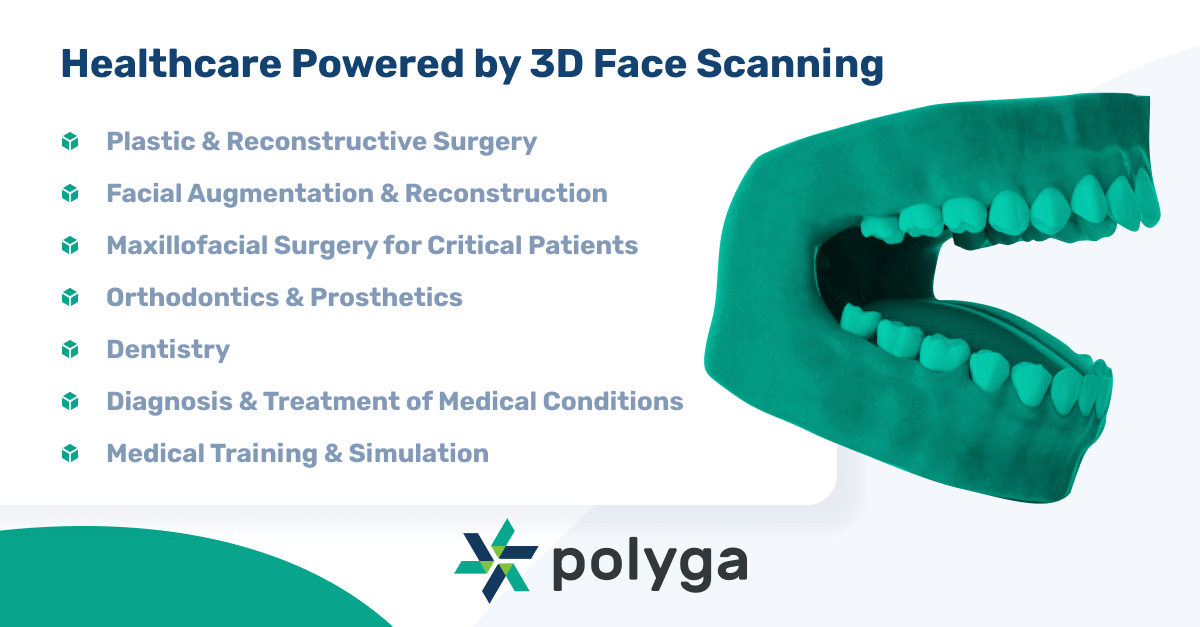
Diagnosis and Treatment of Medical Conditions
3D scanning face is more than just a cosmetic tool. It’s increasingly being utilized to analyze facial and airway structures, aiding in the diagnosis and treatment of conditions like sleep apnea.
Research suggests that 3D face scanner may also have a role in identifying genetic disorders and even detecting early signs of certain cancers. This demonstrates the potential of this technology to simplify not only cosmetic treatments but also the diagnosis and management of various medical conditions.
Medical Training and Simulation
In medical education, 3D face scanning technology is improving the way students and professionals learn and practice. Realistic 3D-printed models of human faces, derived from patient scans, provide a safe and controlled environment for honing surgical skills.
Integrating 3D models into virtual reality simulations further enhances learning. Students immerse themselves in realistic scenarios, experimenting and refining techniques without risk. This bridge between theory and practice ensures future healthcare professionals are well-prepared.
Exploring History’s Secrets with 3D Face Scanning
History isn’t just about dusty relics and faded texts. It’s about the faces that shaped civilizations, the stories hidden in the lines of a weathered statue, and the secrets locked away in ancient bones. 3D scanning face excavates these stories, bringing the past to life with unprecedented clarity and detail.
Facial Reconstruction of Ancient Remains
Imagine looking into the eyes of an ancient Egyptian pharaoh or a medieval knight. With Polyga handheld H3 3D Scanner, this isn’t just fantasy. Researchers breathe life back into history, meticulously reconstructing faces from centuries-old skulls. This technology doesn’t merely recreate visages; it tells the stories etched onto those faces—tales of ancestry, health, and the cultural background of bygone eras.
But the spotlight isn’t solely on royalty. Face scanner is democratizing history, revealing the faces of everyday people from ancient civilizations. These reconstructed faces of commoners weave a richer narrative, shedding light on the diversity, struggles, and triumphs of past societies.
Preservation of Historical Artifacts
Historical artifacts, especially those bearing human faces, are fragile time capsules vulnerable to the relentless march of time. Digital 3D face scanning emerges as a guardian of these treasures, creating precise digital replicas that withstand the test of time.
Beyond mere preservation, these scans become invaluable blueprints for restoration. At the University of Manchester, researchers used 3D scanning technology to create digital replicas of fragile artifacts, from small bones to complete skeletons, like that of the iconic hominin “Lucy”. These 3D models guide restorers with unparalleled accuracy, ensuring every contour and detail of a weathered face or a damaged artifact is precisely recreated. The result? Historical treasures, restored to their former glory for generations to admire with the help of handheld 3D scanner.
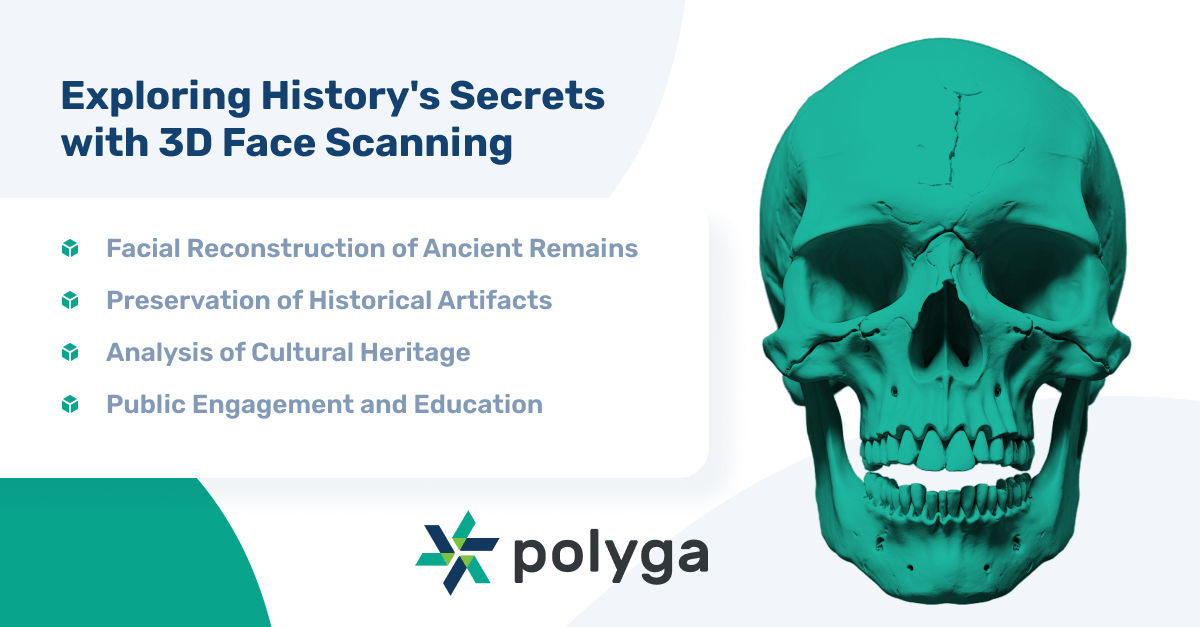
Analysis of Cultural Heritage
The human face, a mosaic of cultural and genetic influences, tells a story. 3D scanning face is the key to deciphering this story, allowing researchers to analyze facial characteristics across diverse populations and epochs. It’s a journey through time, revealing migration patterns, cultural exchanges, and the evolution of human features.
This technology also spotlights ancient artistry, as exemplified by the faculty members and students at the University of British Columbia’s Laboratory of Archaeology. By meticulously analyzing the intricate details captured in 3D face scans of sculptures and artworks, researchers unlock the secrets of long-gone artisans. They gain insights into the tools, techniques, and even the artistic vision behind these masterpieces, enriching our understanding of the past.
Public Engagement and Education
3D face scanning injects life into museums, turning them into interactive adventures. Envision historical figures who seem to breathe, their expressions and features startlingly lifelike. Interactive displays allow visitors to examine ancient faces from every angle, fostering a personal connection with history.
But the revolution doesn’t stop there. Virtual reality (VR) is pushing the boundaries of immersion. With a VR headset, museum-goers can step into the shoes of historical figures, experiencing their world firsthand. It’s a leap back in time, changing how we learn and engage with history.
Reshaping Industries with 3D Face Scanning
The transformative power of digital 3D face scanning extends far beyond the realms of healthcare and history. It’s a technology that’s reshaping how we experience entertainment, enhance security, and even personalize our style. Let’s explore how 3D face scanning technology makes waves in diverse industries, from Hollywood to your local shopping mall.
Entertainment and Media
From Hollywood blockbusters to immersive video games, face scanner is the unsung hero behind lifelike characters and captivating special effects. By capturing the features of actors’ expressions and movements, this technology creates digital avatars that blur the lines between fantasy and reality. 3D face scans empower users to create personalized avatars that mirror their real-life appearances, enhancing immersion and interaction in virtual worlds.
Security and Biometrics
Forget fingerprints—the face is the new password. Face recognition scanner powers more accurate and secure facial recognition, unlocking devices and safeguarding access to facilities. It’s also a forensic tool, reconstructing faces from remains to solve crimes and identify missing persons.
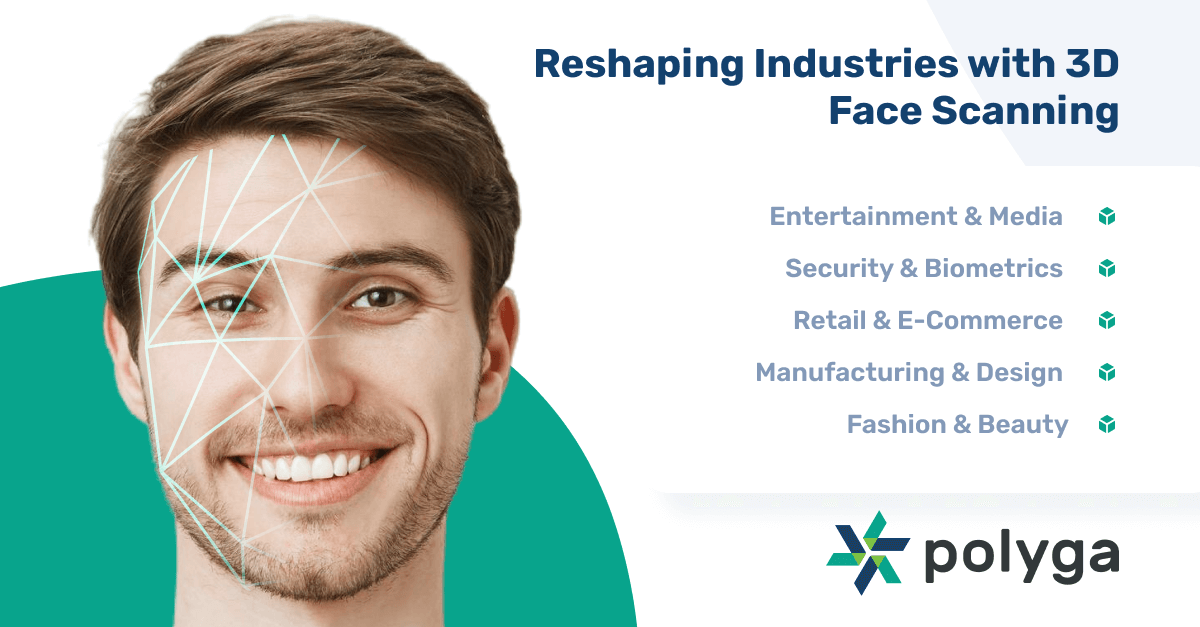
Retail and E-Commerce
The days of guessing how a pair of glasses or a new shade of lipstick will look on you are numbered. 3D face scanner brings the fitting room to you, letting you virtually try on accessories, makeup before buying. It boosts confidence, reduces returns, and enables custom-fit products like eyewear and headphones.
Manufacturing and Design
Digital 3D face scanning elevates product design. Helmets, masks, and protective gear are now ergonomically tailored to your face. In manufacturing, 3D scans are used for quality control, ensuring products meet stringent specifications and tolerances, from automotive components to medical devices.
Fashion and Beauty
The fashion and beauty industries are embracing 3D face scanning to provide a more personalized experience for their customers. In skincare, scans can be used to analyze skin conditions, such as wrinkles or acne, enabling the development of customized treatment plans. The fashion industry is exploring the potential of custom-fit clothing based on individual 3D facial scans, promising a new level of comfort and style.
Elevate Your Experience of 3D Face Scanning with Polyga’s H3 Scanner
From personalized healthcare to tailored fashion and captivating digital experiences, 3D face scanning technology is changing the world as we know it.
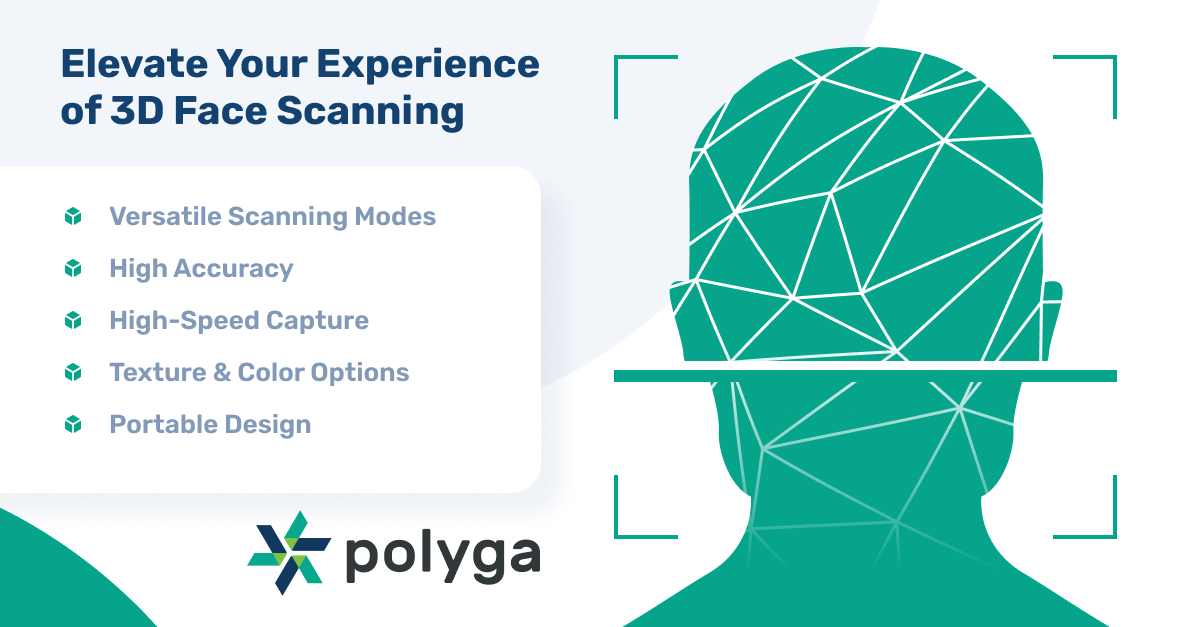
Experience the next generation of 3D face scanning with Polyga’s handheld H3 3D Scanner. Designed for portability and ease of use, it empowers professionals across industries to capture high-quality 3D models of faces quickly and precisely. Whether you’re in healthcare, entertainment, retail, or any other field that demands precision and personalization, the H3 scanner delivers the results you want.
Contact us for expert consultation and assistance.
FAQ
Q1: Beyond the applications mentioned, are there other uses for 3D face scanning?
Absolutely! In the field of forensic archaeology, face scanner is a powerful tool. It can help identify unknown remains through facial reconstruction, offering clues about their appearance and aiding in investigations. Additionally, this technology is being used to assist in cold case investigations by identifying individuals from historical burial sites, bringing closure to families and communities.
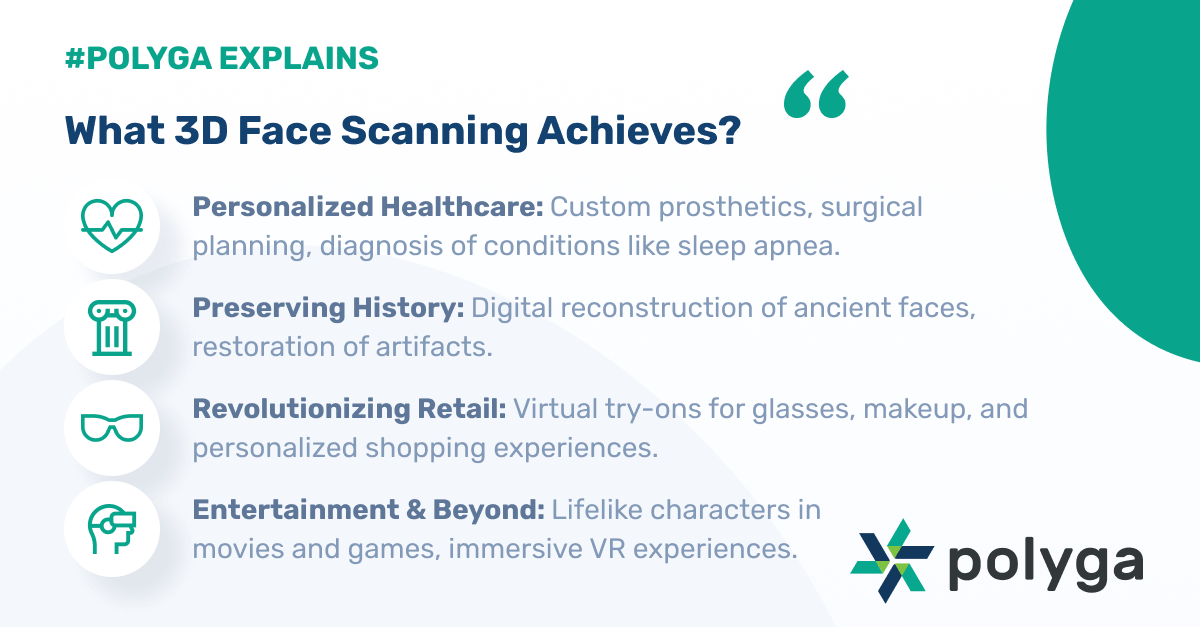
Q2: Can I create a 3D scan of my face using my phone?
While some smartphone apps offer rudimentary 3D scanning capabilities, dedicated 3D scanners provide superior accuracy and detail. If you’re curious about using your phone for 3D scanning, explore our detailed comparison of 3D scanning apps to see what’s possible and learn about the limitations.
